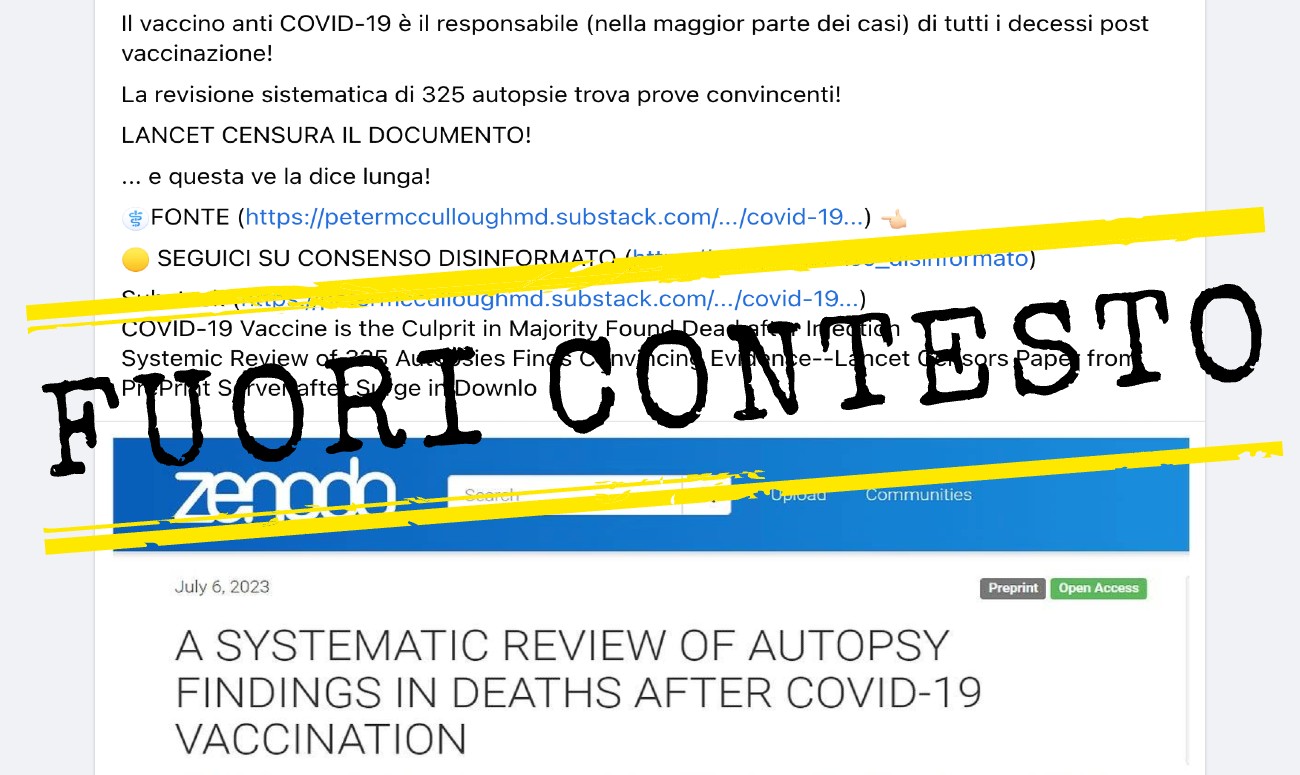Long COVID In Canada: Expert Guidelines For Diagnosis, Prevention, And Treatment

Table of Contents
Understanding Long COVID in Canada: Symptoms and Diagnosis
Defining Long COVID:
Long COVID, or Post-COVID-19 condition, is defined by persistent symptoms that continue for at least four weeks after the initial acute infection with COVID-19. Importantly, there isn't a single definitive diagnostic test for Long COVID. Diagnosis relies heavily on clinical evaluation, careful symptom tracking, and ruling out other potential medical conditions. The wide range of symptoms and their variability make diagnosis complex, requiring a thorough medical history and ongoing monitoring.
- Common symptoms: Fatigue (often profound and debilitating), brain fog ("COVID fog"), shortness of breath, chest pain, heart palpitations, loss of taste or smell (anosmia/ageusia), muscle aches, and joint pain.
- Less common symptoms: Skin rashes, hair loss, digestive issues (e.g., diarrhea, abdominal pain), cognitive difficulties (memory problems, difficulty concentrating), sleep disturbances, and changes in mood or mental health.
- Diagnostic Approach: A healthcare professional will conduct a thorough physical examination, review medical history, and consider the patient's symptom profile. They will likely order blood tests and other investigations to rule out other potential illnesses that might mimic Long COVID symptoms. Tracking symptoms over time is vital for monitoring progress and treatment effectiveness. Many Canadian healthcare providers are now familiar with the symptoms and diagnostic approaches for Long COVID.
- Canadian Research and Studies: Several Canadian research institutions and universities are actively involved in studying the prevalence, long-term effects, and effective treatments for Long COVID. These studies are providing valuable data to inform clinical practice and public health strategies. Look for updates from organizations like the Canadian Institutes of Health Research (CIHR) and provincial health agencies.
Prevention Strategies for Long COVID in Canada
Vaccination and Boosters:
COVID-19 vaccination remains the cornerstone of preventing both acute infection and the subsequent development of Long COVID. Studies have consistently shown that vaccination significantly reduces the risk of severe illness, hospitalization, and long-term complications. Staying up-to-date with recommended booster shots further enhances protection.
Early Treatment of COVID-19:
Early and appropriate medical intervention during the acute phase of COVID-19 can potentially lessen the severity of illness and reduce the risk of developing Long COVID. This might involve antiviral medications (when appropriate) and supportive care to manage symptoms.
- Importance of Public Health Measures: Continuing to follow public health guidelines, including masking in appropriate settings, maintaining physical distancing when possible, and practicing good hand hygiene, remains crucial in reducing the spread of COVID-19 and preventing infection in the first place.
- Lifestyle Factors: Maintaining a healthy lifestyle, including a balanced diet, regular physical activity (as tolerated), and stress management techniques, can support overall health and resilience, potentially lessening the impact of a COVID-19 infection and aiding recovery.
- Canadian Public Health Recommendations: Consult your provincial or territorial health authority websites for the most up-to-date public health guidance and recommendations regarding COVID-19 prevention and Long COVID.
Treatment Options for Long COVID in Canada
Multidisciplinary Approach:
Managing Long COVID often requires a multidisciplinary approach involving various specialists. This team-based care typically includes: pulmonologists (for respiratory issues), cardiologists (for heart-related symptoms), neurologists (for neurological problems), physiatrists (for rehabilitation), and other healthcare professionals depending on the individual's specific needs.
Available Treatments and Therapies:
Currently, there is no single cure for Long COVID. Treatment focuses on managing individual symptoms and improving quality of life.
- Rehabilitation Programs: Many rehabilitation programs across Canada are specifically designed to address the diverse symptoms of Long COVID. These programs often incorporate physical therapy, occupational therapy, and cognitive rehabilitation to help patients regain lost function and improve their overall well-being.
- Support Groups and Resources: Several support groups and resources are available in Canada for individuals affected by Long COVID. These groups provide a valuable platform for sharing experiences, connecting with others facing similar challenges, and receiving emotional support.
- Ongoing Research: Canadian researchers are actively pursuing innovative treatments and therapies for Long COVID. Several clinical trials are underway exploring various potential interventions. Check for updates from Canadian research institutions and universities involved in Long COVID research.
- Patient Advocacy: Active participation and advocacy are crucial in shaping treatment plans and ensuring access to appropriate care.
Conclusion
Long COVID in Canada presents a significant public health challenge, impacting millions of individuals and placing a strain on the healthcare system. This article has highlighted key aspects of diagnosis, prevention, and treatment, emphasizing the need for a comprehensive and multidisciplinary approach. Early intervention, vaccination, a proactive focus on preventative measures, and access to appropriate treatment options are crucial to mitigating the impact of Long COVID. If you are experiencing symptoms consistent with Long COVID, seek immediate medical attention. Don’t hesitate to contact your healthcare provider or consult resources dedicated to Long COVID Canada for further guidance and support. Early diagnosis and effective management of Long COVID Canada are vital for improving long-term outcomes and quality of life.

Featured Posts
-
 Norwalk Spring Sports Roundup April 22nd 25th
May 29, 2025
Norwalk Spring Sports Roundup April 22nd 25th
May 29, 2025 -
 Opmerkelijk Gerucht Psv Legende Mogelijk Opvolger Farioli
May 29, 2025
Opmerkelijk Gerucht Psv Legende Mogelijk Opvolger Farioli
May 29, 2025 -
 Stalgigant Far Gront Lys Fra Trump
May 29, 2025
Stalgigant Far Gront Lys Fra Trump
May 29, 2025 -
 Tarykh Alastqlal Btwlat Wtdhyat Snet Alamjad
May 29, 2025
Tarykh Alastqlal Btwlat Wtdhyat Snet Alamjad
May 29, 2025 -
 Rischio Long Covid Ridotto Del 27 Grazie Alla Vaccinazione Ecdc
May 29, 2025
Rischio Long Covid Ridotto Del 27 Grazie Alla Vaccinazione Ecdc
May 29, 2025
Latest Posts
-
 Royal Bank Of Canada Rbc Earnings Report And Future Loan Prospects
May 31, 2025
Royal Bank Of Canada Rbc Earnings Report And Future Loan Prospects
May 31, 2025 -
 Rbcs Earnings Miss A Deeper Look At The Banks Financial Health
May 31, 2025
Rbcs Earnings Miss A Deeper Look At The Banks Financial Health
May 31, 2025 -
 Analysis Of Rbcs Lower Than Expected Earnings Announcement
May 31, 2025
Analysis Of Rbcs Lower Than Expected Earnings Announcement
May 31, 2025 -
 Find Your Dream Item 2025 Love Moto Stop Cancer Auction
May 31, 2025
Find Your Dream Item 2025 Love Moto Stop Cancer Auction
May 31, 2025 -
 A Provincial Approach To Solving The Homebuilding Crisis
May 31, 2025
A Provincial Approach To Solving The Homebuilding Crisis
May 31, 2025
